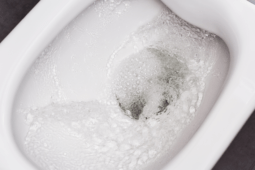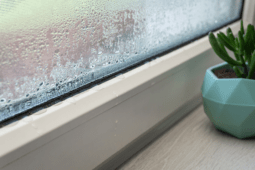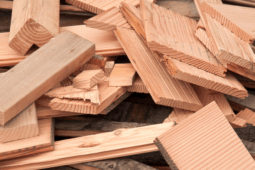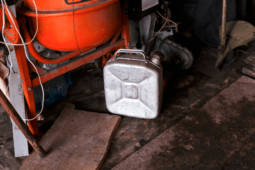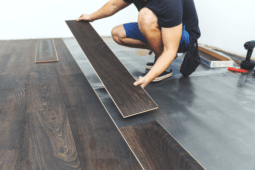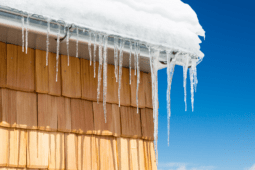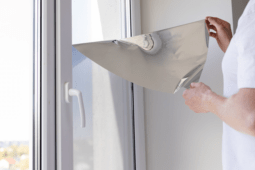Drywall Alternatives: When to Use Plywood, Plaster, or Paneling
Have you ever wondered what lies beyond the realm of traditional drywall? As DIY enthusiasts, we’re always on the lookout for innovative ways to spruce up our living spaces. Today, we’re diving into the world of drywall alternatives, specifically plywood, plaster, and paneling. These versatile materials offer unique characteristics that can transform your walls and add personality to any room. Let’s explore when and how to use these alternatives to create stunning interiors that reflect your style and meet your practical needs.
The Case for Drywall Alternatives
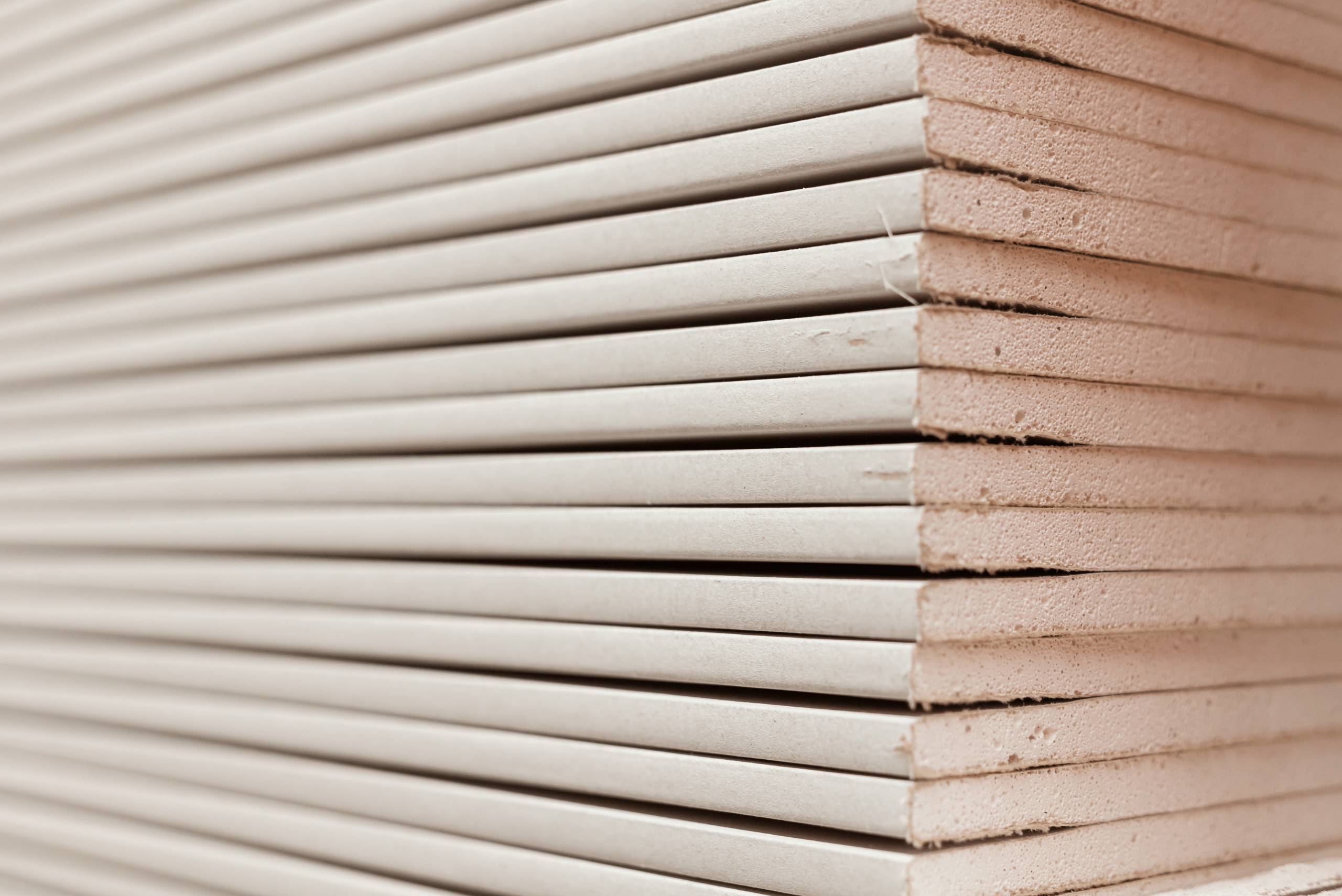
Drywall has long been the go-to material for interior walls, but it’s not always the best choice for every situation. Sometimes, you need something more durable, aesthetically pleasing, or better suited to your specific project. That’s where plywood, plaster, and paneling come in. These alternatives can offer enhanced durability, unique textures, and a range of design possibilities that drywall simply can’t match.
Each of these materials has its own set of advantages and ideal applications. By understanding their strengths and limitations, you can make informed decisions about which alternative is best for your home improvement project. Whether you’re looking to add character to a room, improve insulation, or create a more resilient wall surface, these drywall alternatives have got you covered.
1. Plywood: Versatile and Strong for Various Applications
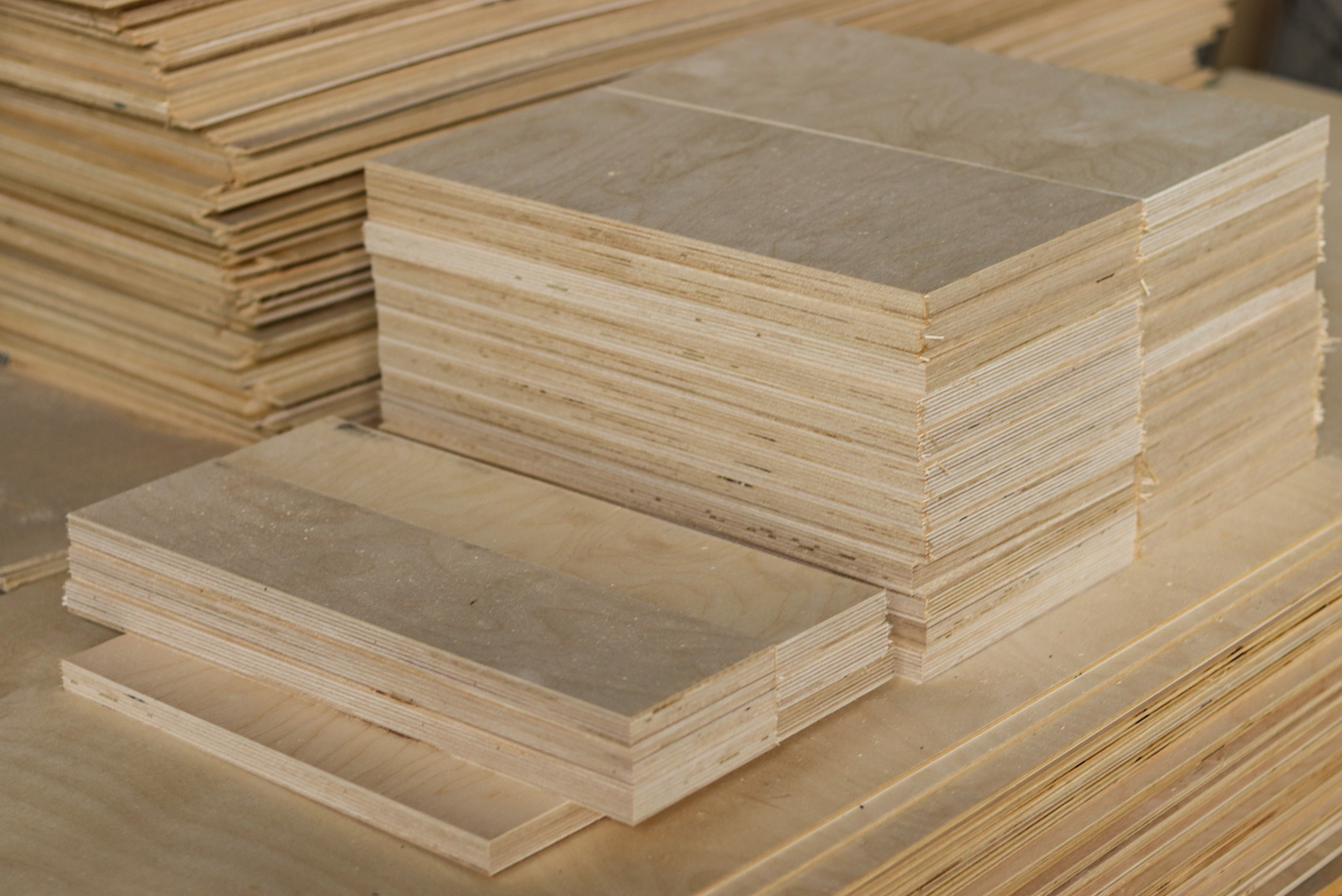
Plywood is a popular choice for those seeking a durable and versatile wall material. Its layered construction provides strength and stability, making it ideal for high-traffic areas or spaces that require additional support. Plywood can be easily painted or stained to match your desired aesthetic, and it’s relatively easy to install for DIY enthusiasts with some woodworking experience.
One of the main advantages of plywood is its ability to withstand moisture better than drywall, making it a great option for bathrooms, laundry rooms, or basements. Additionally, plywood can be used as a base for other materials like tile or stone, offering flexibility in your design choices. Keep in mind that while plywood is sturdy, it may require additional soundproofing measures if noise reduction is a concern.
2. Plaster: Timeless Elegance and Customizable Textures
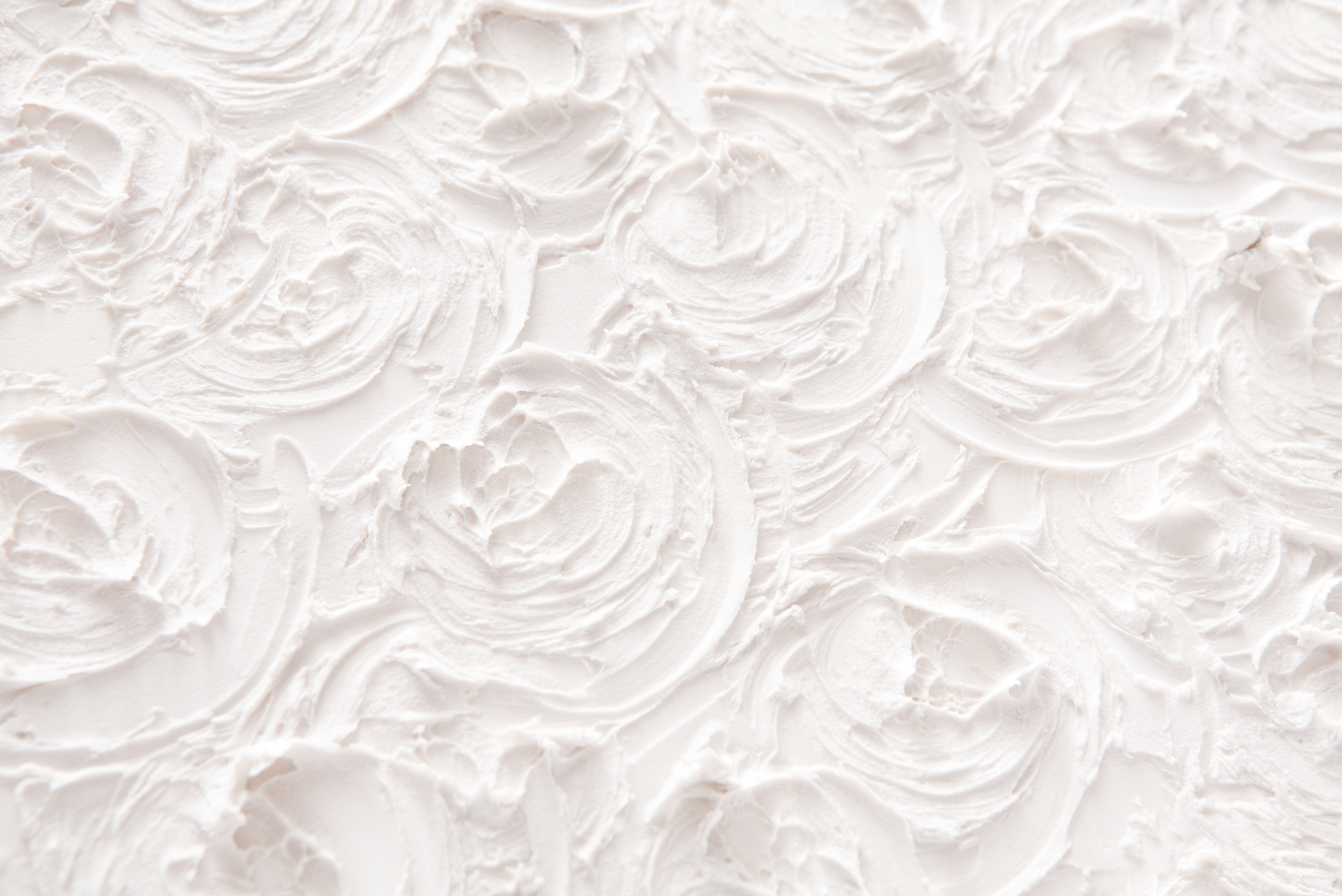
Plaster has been used for centuries to create smooth, elegant walls with a timeless appeal. This material offers excellent soundproofing properties and can be molded into various textures and designs. Plaster is ideal for those looking to add character to their homes or restore historic properties. It’s also naturally fire-resistant, making it a safe choice for many applications.
While plaster installation can be more labor-intensive than drywall, the results are often worth the effort. The smooth, seamless finish of plaster walls can create a luxurious atmosphere in any room. Additionally, plaster can be tinted or painted to achieve your desired color scheme. Keep in mind that plaster may require professional installation for the best results, especially if you’re aiming for intricate textures or designs.
3. Paneling: Quick Installation and Diverse Design Options
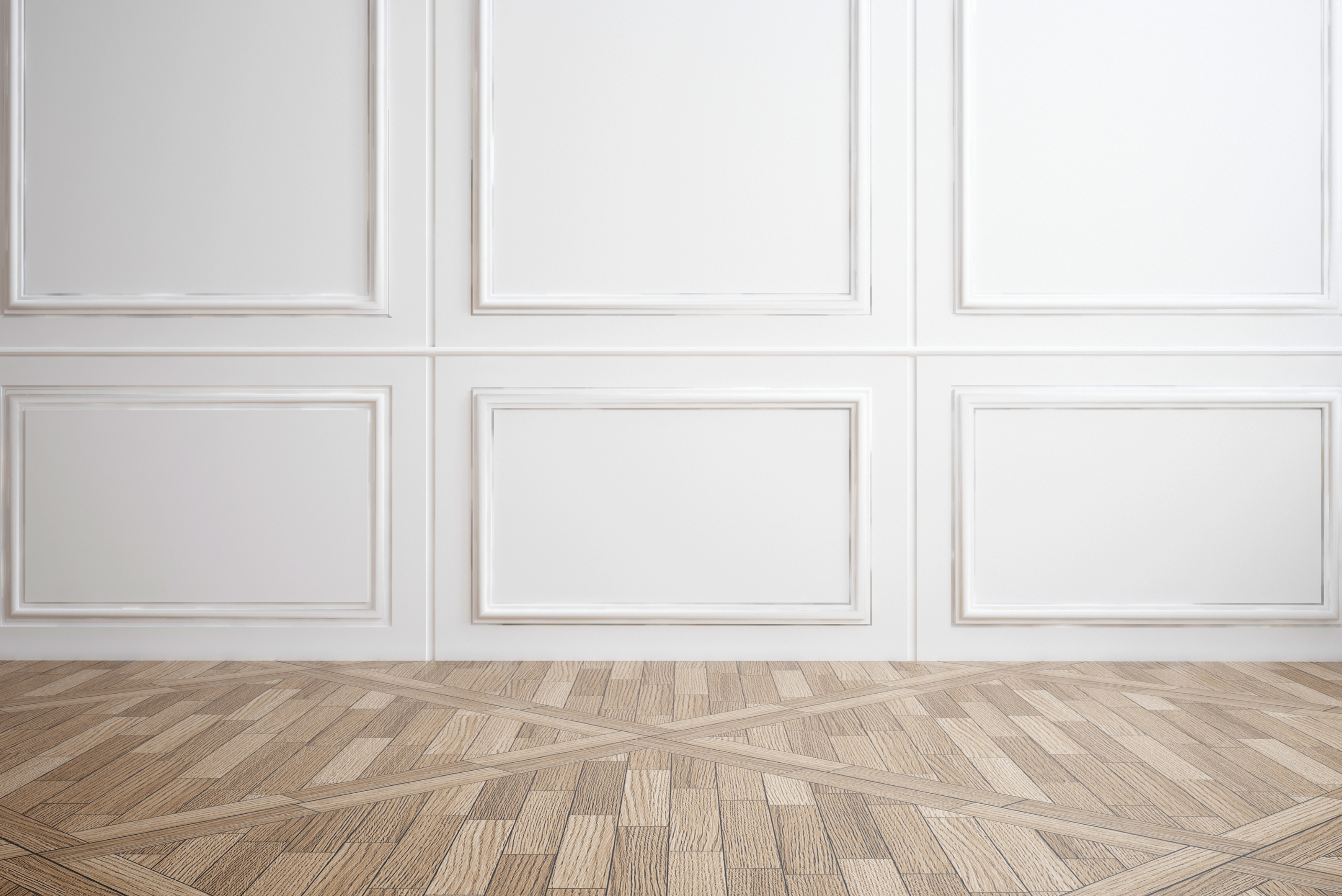
Wall paneling offers a wide range of design possibilities, from rustic wood planks to sleek, modern panels. This alternative is perfect for those looking to add texture and visual interest to their walls quickly. Paneling can be made from various materials, including wood, MDF, and PVC, each with its own unique characteristics and benefits.
One of the main advantages of paneling is its ease of installation. Many types of paneling can be installed directly over existing walls, making it a great option for quick room makeovers. Paneling also offers excellent insulation properties, helping to keep your home comfortable and energy-efficient. However, be aware that some types of paneling may require regular maintenance, such as sealing or refinishing, to keep them looking their best.
Choosing the Right Alternative for Your Space
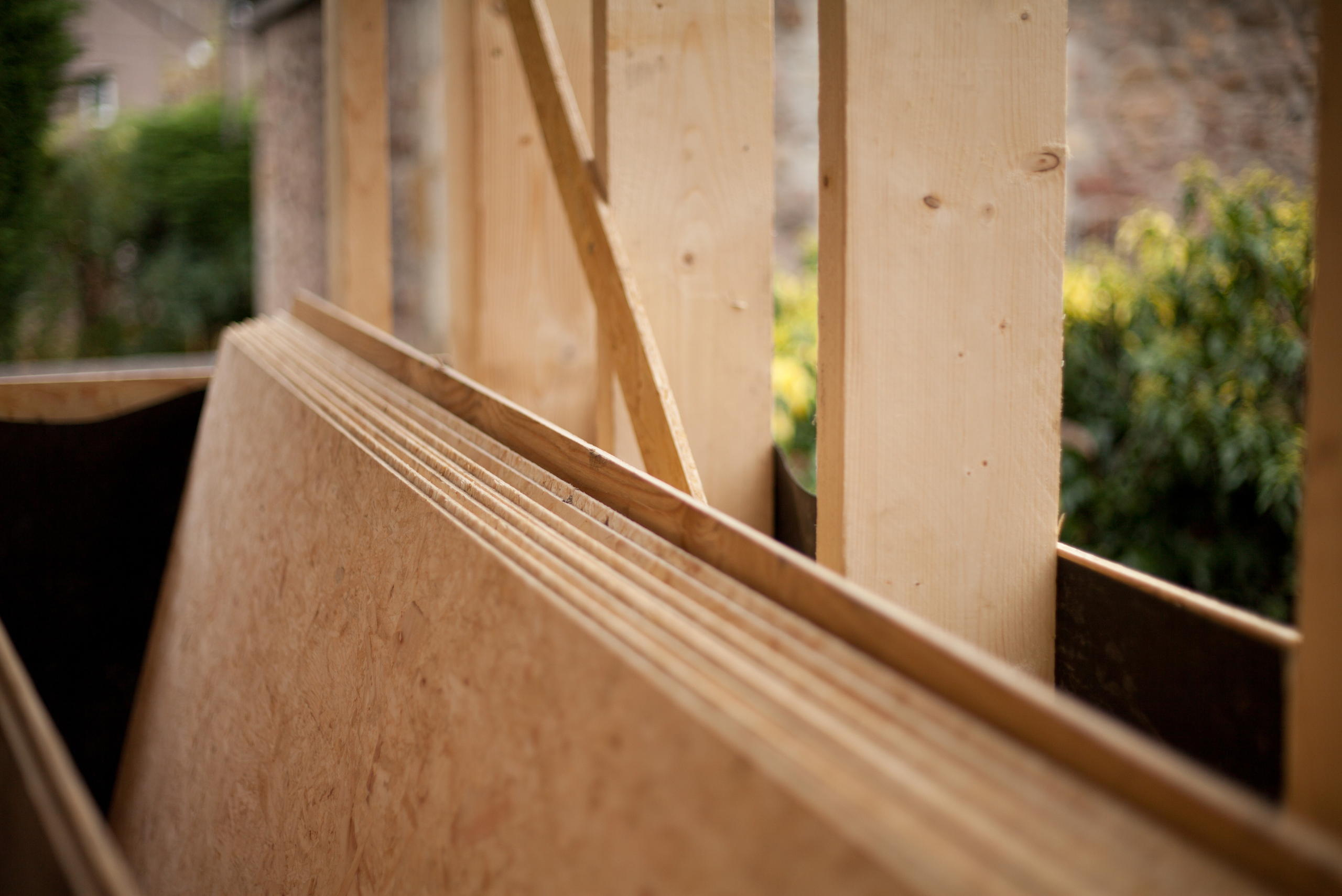
When selecting a drywall alternative, consider the specific needs of your space. For high-moisture areas like bathrooms or kitchens, plywood or moisture-resistant paneling may be the best choice. If you’re looking to add character to a living room or bedroom, plaster or decorative paneling could be ideal. Consider factors such as durability, maintenance requirements, and installation complexity when making your decision.
It’s also important to think about the overall style of your home and how your chosen alternative will fit in. Plaster can work well in both traditional and modern settings, while certain types of paneling may be better suited to specific design aesthetics. Don’t be afraid to mix and match materials in different rooms to create a unique and personalized look throughout your home. flawless.
Maintenance and Care for Long-Lasting Results
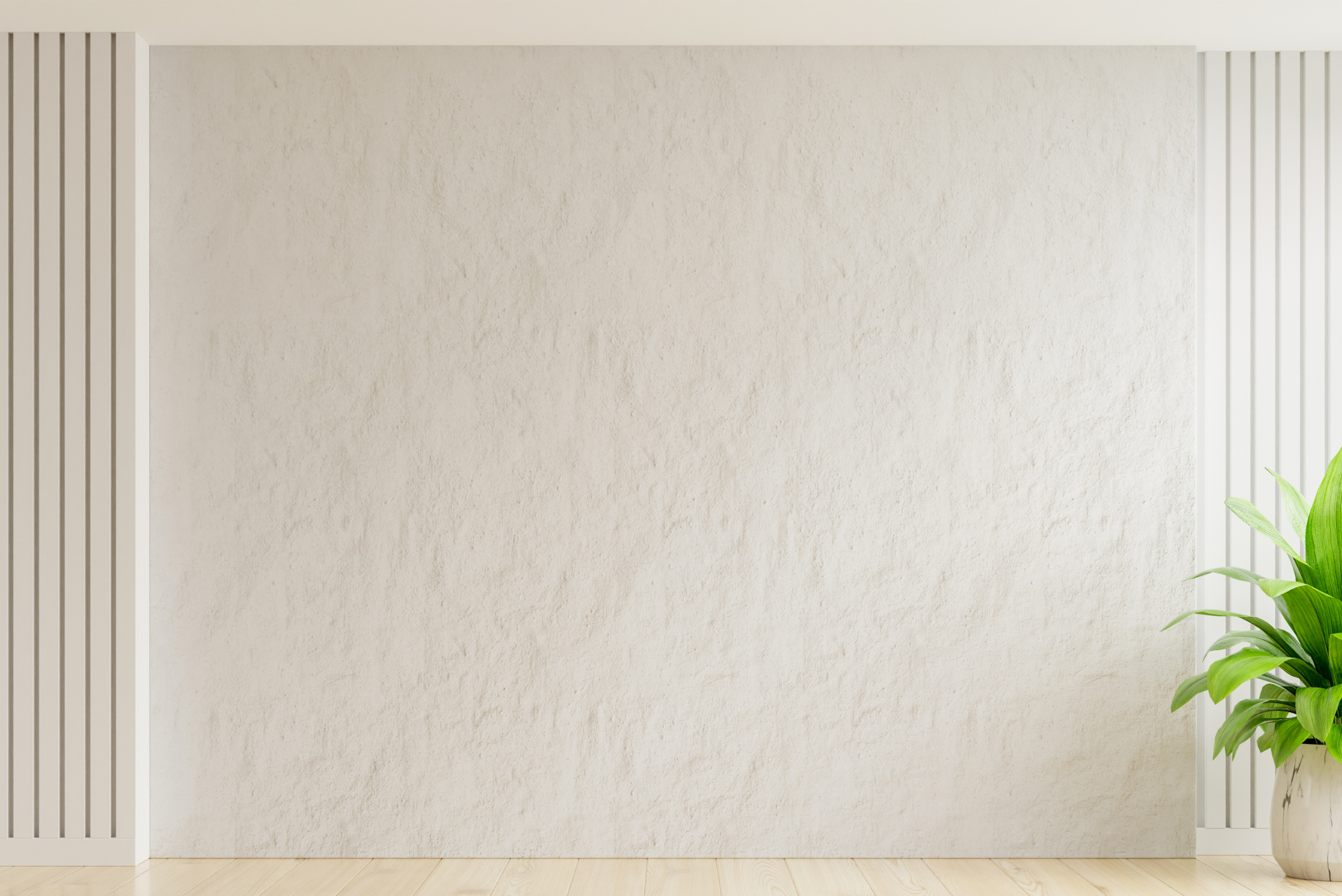
To keep your drywall alternatives looking their best, regular maintenance is key. Plywood walls should be sealed and painted to protect against moisture and wear. Regularly inspect for any signs of damage or warping. Plaster walls may require occasional touch-ups or repainting, especially in high-traffic areas. Use a soft, damp cloth for cleaning to avoid damaging the surface.
Paneling maintenance varies depending on the material. Wood paneling may need periodic refinishing or sealing, while PVC or MDF panels can usually be cleaned with mild soap and water. Always follow the manufacturer’s recommendations for care and maintenance to ensure the longevity of your chosen alternative. With proper care, these drywall alternatives can provide beautiful, durable walls for years to come.
Related Articles
- Plywood vs. Particleboard: Understanding Their Uses and Differences
- Sheetrock vs. Drywall – Understanding the Key Differences and Similarities
- OSB vs. Plywood: Which to Use for Your DIY Projects?
Don’t be afraid to think outside the box and experiment with these materials. Whether you’re looking to add character to a single room or transform your entire home, these drywall alternatives can help you create spaces that are both functional and visually stunning. So, roll up your sleeves, grab your tools, and get ready to reimagine your walls with these versatile options. Your dream interior is just a project away!
Ready to start your next project? Join our DIY community to receive tool tips, how-to guides, and exclusive creative insights. Subscribe to the ManMadeDIY newsletter now! Click here to unlock a world of hands-on inspiration.


